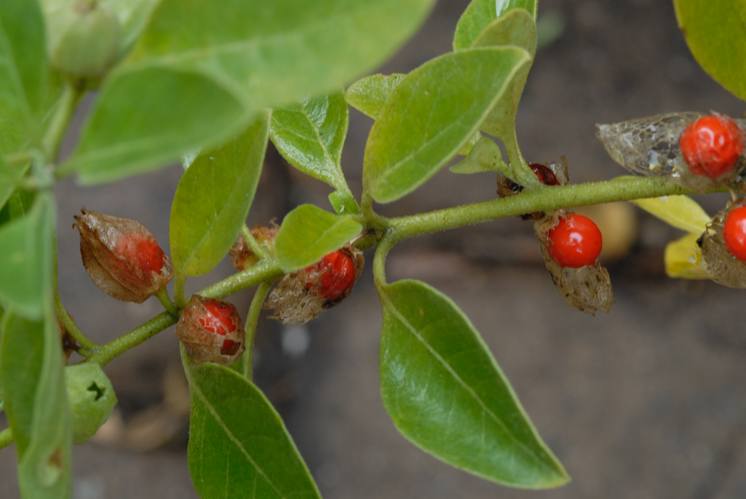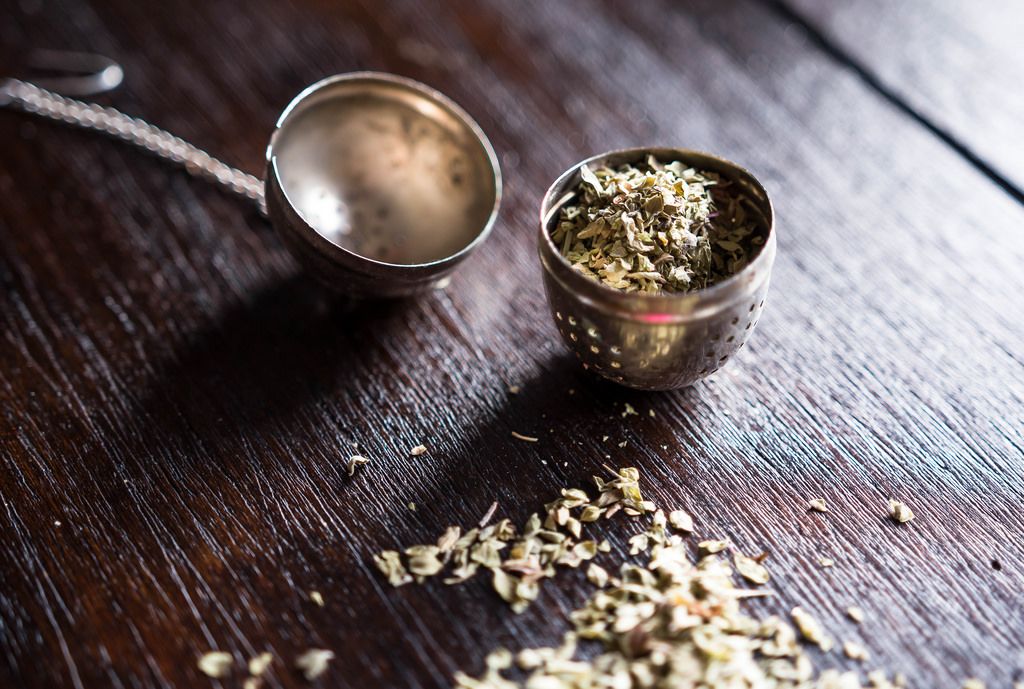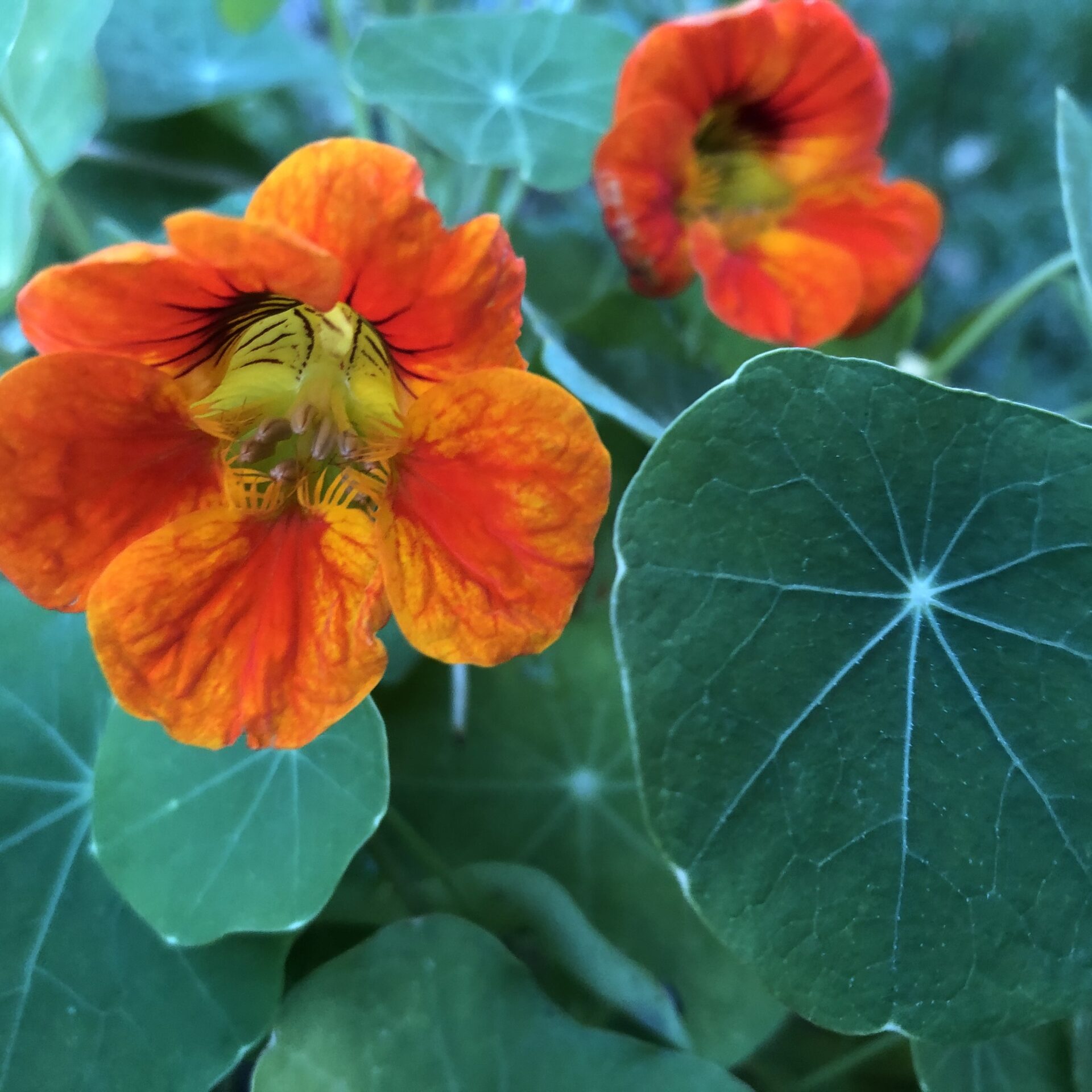During the winter months here in the northern hemisphere, darkness can feel like its closing in. The days get seriously short and feel bleak and grey on those days when the sun isn’t even so much as glimpsed through the thick cloud! More and more time is spent indoors as the colours of nature all seem to fade to grey. And this is good reason to use herbal solutions for Seasonal Affective Disorder.
For so many of us, with the cold and lack of light, the winter months represent and bring with them melancholy, moodiness, sadness, insomnia and a general sense of having low energy.
Winter time blues, also aptly named SAD (Seasonal Affective Disorder), is a type of depression directly related to changes in the seasons. Usually, if we suffer with SAD, this disorder begins and ends about the same times each year often in the chillier months of hibernation.
People suffering from SAD usually find themselves sleeping a lot more than normal as the disorder deprives the body of much needed energy. Like other forms of depression, Seasonal Affective Disorder may make you feel incessantly moody, lethargic, unmotivated and just overall gloomy.
TOP TIPS FOR SEASONAL AFFECTIVE DISORDER
- Get outside even if it is grey and bleak
- Take Vitamin D
- Forage something green daily
- Dig up some roots
- Get familiar with a couple of our favs Hypericum & Ashwaganda
Nature connection
Along with limited light, winter temperatures also send us indoors for the majority of the day. This means many things but we will be getting less Vitamin D from the sunlight.
less Vitamin D from the sunlight.
When you feel low and the world around looks bleak and drab, sometimes the most prevalent emotion is shut down. You might just want to stay in your pyjamas and hide from the world. Dragging yourself up (and it can feel like you have to drag yourself) and out can be a real challenge. BUT it is always worth it. When we say ‘outside’ we mean into nature. So, take yourself to your nearest park or wild space, visit your local ancient trees, make the time to go and BE with the plants. Notice how the living world is reacting to the change in the season. Much of nature takes the opportunity to rest and restore while other plant species thrive in the winter months. Think shiny holly in full berry, ivy in bloom and berry.
Light therapy or a Light box is often advised for SAD. However, even going outside for 20 minutes daily is enough for to gain a gentle uplift in spirit. Ideally, as long as possible outdoors in green places is one of the best prescriptions for lack of motivation and lethargy. If you are able to forage something for your food even better. We like to aim for eating something foraged or grown by ourselves on a daily basis. This can be as simple as a sprig of rosemary or thyme or a bay leaf…all still thriving through the winter months.
 Dig Up Roots
Dig Up Roots
Some of our favourite roots to dig up over the winter months are Burdock– Arctium spp. As well as being a blood cleanser, Burdock root is a tasty carb rich food source that tastes delicious roasted on a fire. The familiar and ubiquitous Dandelion– Taraxacum officinale makes a good coffee substitute when chopped and roasted. Horseradish – Armoracia rusticana which often grows prolifically next to the canals and waterways makes a sublime sauce to help your circulation and respiration!
Lift up with Hypericum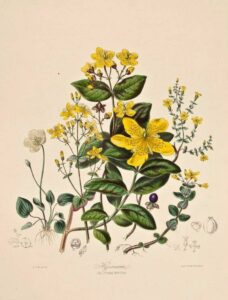
If you are suffering from the lack of light – this one is literally known as the sunshine herb. Hypericum perforatum is super effective and a total legend in the realm of herbalism as a mood lifter. The exact mechanism of St. John’s Wort’s mood lifting activity is still not fully understood by medical science. This is despite the fact that it is among the most studied herbal medicines prescribed in the treatment of depression and anxiety.
Hypericum is very effective in alleviating the symptoms of Seasonal Affective Disorder. We know that this yellow bloomed beauty acts on the serotonin (also known as the happy hormone) receptors in our brains. Like many common anti-depressants, it enables more of the serotonin happy hormone to be kept in the system, boosting mood. It mustn’t be mixed with prescription medications for this reason.
Boost with Ashwagandha Root
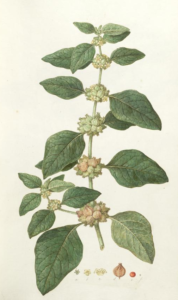 Ashwagandha is an adaptogenic herb that is part of the Solanaceae plant family, so a cousin of the tomato. In fact, the little cherry-like fruits of the Ashwagandha look a bit like small tomatoes! Ashwagandha has origins in Sanskrit and is a herb that has long been used in Ayurvedic medicine. It means smells like horse!!! Now whether this is accurate or not, we’ll let you decide; it tastes sweet and kind of nutty to us! It does however, boost you by seemingly increasing your own horse power in a nourishing way. We draw on this herb to manage neurological health problems. These can include fatigue, nervousness, tension, anxiety, mood swings, and seasonal depression.
Ashwagandha is an adaptogenic herb that is part of the Solanaceae plant family, so a cousin of the tomato. In fact, the little cherry-like fruits of the Ashwagandha look a bit like small tomatoes! Ashwagandha has origins in Sanskrit and is a herb that has long been used in Ayurvedic medicine. It means smells like horse!!! Now whether this is accurate or not, we’ll let you decide; it tastes sweet and kind of nutty to us! It does however, boost you by seemingly increasing your own horse power in a nourishing way. We draw on this herb to manage neurological health problems. These can include fatigue, nervousness, tension, anxiety, mood swings, and seasonal depression.
The herb significantly lowers levels the “stress hormone.” cortisol in blood, thus effectively alleviating symptoms of tension, strain and worry while at the same time maintaining energy and vitality.
If you feel overwhelmed by the wintertime blues or are challenged by depression, listen to your mind and body and look to herbal solutions for Seasonal Affective Disorder While you shouldn’t ignore any symptoms, it’s best to be mindful of the natural responses of your body and try and get out to nature to enjoy yourself!

